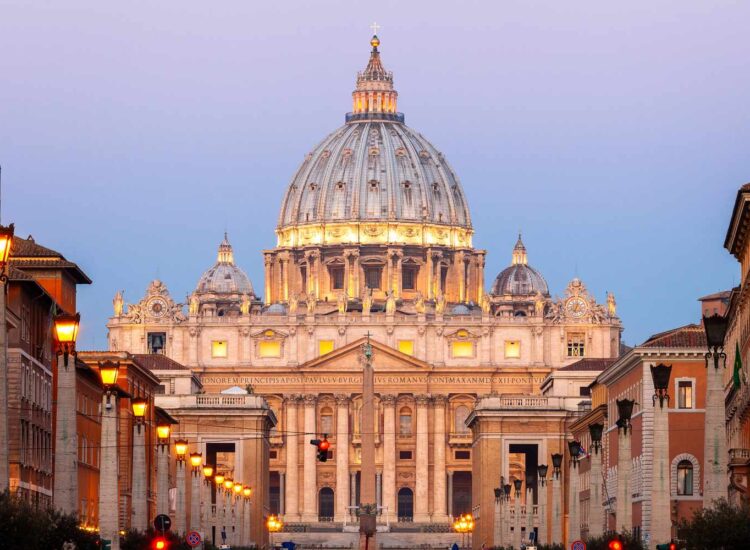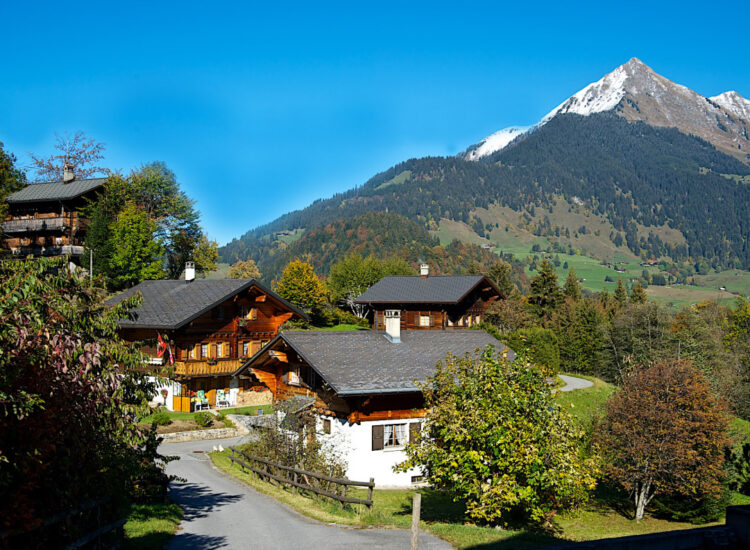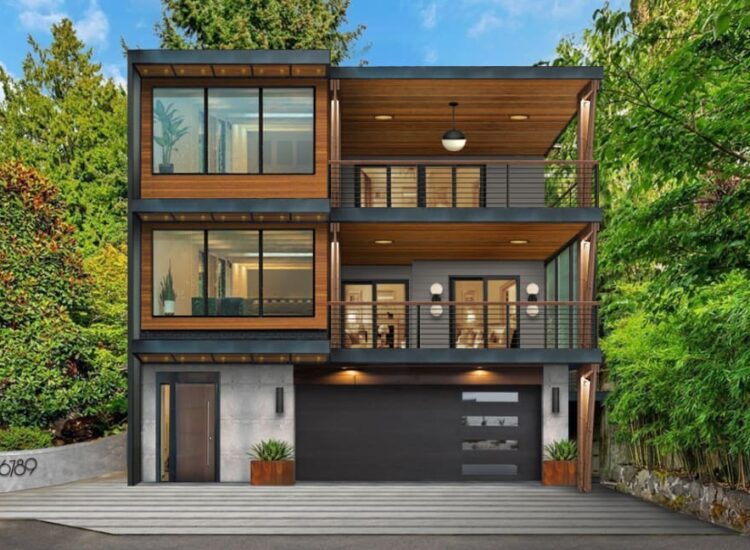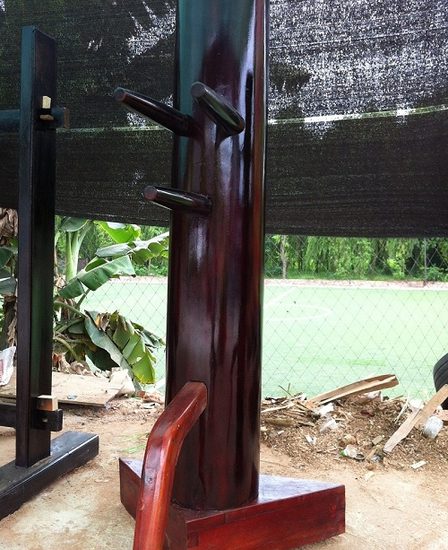The Defining Characteristics of French Architecture: A Journey Through Styles and Centuries
French architecture, renowned globally for its elegance, sophistication, and historical depth, represents a rich tapestry of styles woven through centuries of cultural, political, and artistic evolution. From the imposing Roman structures of antiquity to the sleek lines of modern design, French architecture is instantly recognizable, bearing unique characteristics that set it apart and have profoundly influenced architectural trends worldwide.
This article will explore the defining characteristics of French architecture, tracing its evolution through key periods and styles, highlighting the features that make it so distinctive and enduringly admired. From grand palaces to humble farmhouses, French architectural traditions reveal a consistent pursuit of beauty, rationality, and a harmonious relationship with the landscape.
Roman Foundations: The Enduring Legacy of Antiquity
The story of French architecture begins with the Roman Empire’s presence in Gaul (ancient France). Roman conquest left an indelible mark, introducing sophisticated building techniques and architectural forms that would influence French architecture for centuries to come.
-
Key Roman Features: Roman architecture in France is characterized by its grandeur, practicality, and use of specific structural elements:
- Rounded Arches and Vaults: Roman architects mastered the use of rounded arches and vaults, enabling them to create expansive and structurally sound spaces, evident in aqueducts and public buildings.
- Concrete and Stone Construction: Romans were pioneers in the use of concrete, often faced with stone or brick, allowing for massive and durable constructions.
- Amphitheaters and Theaters: The Roman passion for public entertainment resulted in the construction of impressive amphitheaters for gladiatorial contests and theaters for dramatic performances, demonstrating Roman engineering and civic organization.
- Aqueducts and Bridges: Roman aqueducts, like the Pont du Gard, exemplify their engineering prowess, transporting water over long distances using arches and gravity, showcasing Roman ingenuity and infrastructure development.
-
French Examples of Roman Architecture:
- Pont du Gard (Vers-Pont-du-Gard): This magnificent Roman aqueduct bridge is an iconic example of Roman engineering and architectural skill in France, showcasing the use of arches and massive scale.
- Amphitheatre of Arles (Arles): A well-preserved Roman amphitheater that once hosted gladiatorial contests and public spectacles, demonstrating Roman influence on civic architecture and entertainment in Gaul.
- Maison Carrée (Nîmes): A remarkably preserved Roman temple, exemplifying classical Roman temple design with its Corinthian columns and harmonious proportions, reflecting Roman religious and civic building practices.
Romanesque Grandeur (10th – 12th Centuries): Solid Forms and Rounded Arches
Following the Roman era, Romanesque architecture emerged, heavily influenced by Roman building techniques but adapted to Christian religious purposes and regional resources. French Romanesque architecture is known for its solidity, rounded forms, and powerful presence.
-
Key Romanesque Features:
- Rounded Arches: Continuing the Roman tradition, Romanesque architecture prominently features rounded arches for windows, doorways, and arcades.
- Massive Walls and Piers: Romanesque buildings often have thick, massive walls and piers to support heavy stone roofs and vaults, creating a sense of strength and permanence.
- Barrel Vaults and Groin Vaults: Romanesque churches frequently employ barrel vaults (continuous rounded arches) and groin vaults (intersection of two barrel vaults) for roofing, creating spacious interiors.
- Simple Geometric Forms: Romanesque designs emphasize clear, geometric shapes, often based on squares and rectangles, conveying a sense of order and stability.
- Limited Ornamentation: Compared to later Gothic styles, Romanesque architecture tends to have simpler ornamentation, focusing on the beauty of form and material rather than elaborate decoration.
-
French Examples of Romanesque Architecture:
- Basilique Saint-Sernin (Toulouse): One of the largest Romanesque churches in Europe, known for its massive scale, cruciform plan, and impressive tower, exemplifying the grandeur and scale of French Romanesque religious architecture.
- Abbey of Cluny (Cluny – ruins): Though mostly ruined, the Abbey of Cluny was once the largest church in Christendom, representing the peak of Romanesque monastic architecture and its influence and power.
- Saint-Philibert de Tournus (Tournus): A well-preserved example of early Romanesque architecture, showcasing the characteristic rounded arches, massive piers, and barrel vaulting of the style.
Gothic Verticality and Light (12th – 16th Centuries): Reaching for the Heavens
France is considered the birthplace of Gothic architecture, a style that revolutionized building design and became synonymous with soaring cathedrals and intricate details. French Gothic architecture is characterized by its emphasis on verticality, light, and complex structural systems.
-
Key Gothic Features:
- Pointed Arches: A defining feature of Gothic architecture, pointed arches are structurally more efficient than rounded arches, allowing for taller and lighter constructions.
- Ribbed Vaults: Gothic vaults are constructed with a framework of ribs, distributing weight more effectively and enabling lighter and more complex vaulting patterns.
- Flying Buttresses: External supports that transfer the weight of the vaults outwards and downwards, allowing for thinner walls and larger windows. Flying buttresses are a visually striking and structurally essential element of Gothic cathedrals.
- Stained Glass Windows: Gothic cathedrals are famous for their vast stained glass windows, made possible by the lighter wall construction, filling interiors with colored light and creating a mystical atmosphere.
- Emphasis on Verticality: Gothic architecture strives for height, symbolizing a reaching towards the heavens, creating a sense of awe and spiritual aspiration.
- Ornate Decoration and Sculpture: Gothic architecture features elaborate sculptural programs, often depicting biblical scenes, saints, and intricate decorative details, adding richness and narrative to the buildings.
-
French Examples of Gothic Architecture:
- Notre-Dame de Paris (Paris): An iconic example of French Gothic architecture, famous for its rose windows, flying buttresses, and sculptural details, representing the pinnacle of early Gothic cathedral design.
- Chartres Cathedral (Chartres): Renowned for its exceptionally well-preserved stained glass windows and sculptural programs, Chartres Cathedral is a masterpiece of High Gothic architecture, showcasing the integration of light, color, and religious narrative.
- Reims Cathedral (Reims): The traditional coronation church of French monarchs, Reims Cathedral is a High Gothic masterpiece known for its elegant proportions, sculptural richness, and the “Smiling Angel” sculpture, embodying the refined aesthetics of French Gothic.
Renaissance Harmony and Classicism (15th – 17th Centuries): Italian Influence and Royal Patronage
The French Renaissance saw the adoption of Italian Renaissance architectural principles, blended with French traditions and sensibilities. This period is characterized by a renewed interest in classical forms, symmetry, and decorative elegance, particularly in royal chateaux and palaces.
-
Key Renaissance Features:
- Classical Orders: The reintroduction and application of classical architectural orders (Doric, Ionic, Corinthian) from ancient Greece and Rome, defining proportions and ornamentation.
- Symmetry and Proportion: Emphasis on balanced proportions and symmetrical layouts, reflecting Renaissance ideals of harmony and order.
- Horizontal Emphasis: A shift from Gothic verticality to a more horizontal emphasis in façade design, creating a sense of balance and grounded elegance.
- Decorative Details: Renaissance architecture in France incorporates refined decorative details, including pilasters, pediments, classical motifs, and sculpted ornamentation, adding layers of visual interest and sophistication.
- Chateaux and Palaces: The French Renaissance is particularly associated with the construction of magnificent chateaux in the Loire Valley and royal palaces, reflecting royal patronage and the flourishing of arts and architecture.
-
French Examples of Renaissance Architecture:
- Château de Chambord (Loire Valley): A quintessential French Renaissance chateau, known for its distinctive French Renaissance style, elaborate roofline, and central double helix staircase, showcasing the blend of Italian Renaissance ideas with French castle traditions.
- Château de Fontainebleau (Fontainebleau): A royal palace with significant Renaissance additions, Fontainebleau exemplifies the French interpretation of Italian Renaissance style, featuring elegant courtyards, refined interiors, and extensive gardens, reflecting royal taste and influence.
- Parts of the Louvre Palace (Paris – Renaissance section): The Louvre Palace, in its Renaissance sections, demonstrates the adoption of Renaissance principles in Parisian palace architecture, with classical facades and courtyards reflecting royal power and cultural ambition.
Baroque and Classicism: Grandeur and Royal Power (17th – 18th Centuries)
French Baroque and Classical architecture further developed the principles of symmetry, order, and grandeur, often associated with royal power and national prestige. This period saw the construction of monumental palaces and public buildings that epitomized French grandeur and classical ideals.
-
Key Baroque and Classical Features:
- Grand Scale and Monumentality: Baroque and Classical architecture in France is often characterized by its immense scale, designed to impress and project power.
- Symmetry and Formal Planning: Rigorous symmetry and formal, axial planning are central to these styles, creating balanced and imposing compositions.
- Classical Orders (Continued Use): Classical orders are used extensively, often on a grand scale, emphasizing classical proportions and decorative vocabulary.
- Opulent Decoration: Baroque interiors, in particular, can be richly decorated with elaborate stucco work, gilded ornamentation, and luxurious materials, conveying wealth and power.
- Palaces and Public Buildings: This period is marked by the construction of grand palaces like Versailles and significant public buildings, reflecting royal and state authority and aspirations for cultural dominance.
-
French Examples of Baroque and Classical Architecture:
- Palace of Versailles (Versailles): The epitome of French Baroque and Classical architecture, Versailles Palace, with its immense scale, symmetrical layout, Hall of Mirrors, and extensive gardens, represents the absolute monarchy and French grandeur during the reign of Louis XIV.
- Louvre Palace (Paris – Classical façade): The Classical facades of the Louvre, particularly the Cour Carrée, exemplify French Classical architecture in a Parisian palace setting, demonstrating the application of classical principles in urban royal architecture.
- Hôtel des Invalides (Paris): A grand Baroque complex, including a church with a prominent dome, built for veterans, showcasing French Baroque’s monumental scale and opulent decoration in a public institution.
Later Styles: Art Nouveau and Art Deco Elegance (Late 19th – Early 20th Centuries)
In the late 19th and early 20th centuries, France played a key role in the development of Art Nouveau and Art Deco, two influential decorative styles that left their mark on French architecture.
-
Art Nouveau (Late 19th – Early 20th Centuries):
- Organic Forms and Flowing Lines: Art Nouveau is characterized by its flowing, organic lines inspired by nature, rejecting rigid geometric forms in favor of curvilinear shapes.
- Nature-Inspired Motifs: Floral motifs, plant forms, and whiplash curves are prominent decorative elements in Art Nouveau, reflecting a fascination with the natural world.
- Use of New Materials: Art Nouveau often incorporated new materials like iron and glass in innovative ways, showcasing technological advancements with artistic expression.
-
French Examples of Art Nouveau:
- Parisian Metro Entrances (Paris): Hector Guimard’s iconic Art Nouveau Metro entrances in Paris, with their wrought iron and glass canopies, are emblematic of French Art Nouveau design in urban infrastructure.
- Villas in Nancy (Nancy): The city of Nancy is a center of French Art Nouveau, featuring numerous villas and buildings adorned with organic motifs, stained glass, and flowing lines, showcasing Art Nouveau’s application in domestic architecture.
-
Art Deco (1920s – 1930s):
- Geometric Shapes and Streamlined Designs: Art Deco embraces geometric forms, symmetry, and streamlined designs, reflecting the Machine Age and a sense of modernity and sophistication.
- Luxurious Materials: Art Deco often utilizes luxurious materials like polished stone, chrome, and exotic woods, conveying elegance and opulence.
- Bold Colors and Graphic Patterns: Art Deco designs feature bold colors and geometric patterns, creating visually striking and stylized compositions.
-
French Examples of Art Deco:
- Palais de Chaillot (Paris): Built for the 1937 International Exposition, the Palais de Chaillot exemplifies French Art Deco monumental architecture, with its geometric forms, symmetrical wings, and grand scale, reflecting the style’s application in public buildings.
- Villa Cavrois (Croix): A masterpiece of Art Deco domestic architecture, Villa Cavrois showcases the style’s geometric rigor, luxurious materials, and integration of modern design principles in a private residence.
- Numerous buildings and interiors in Nice and other French cities: Art Deco style is evident across France, especially in coastal cities like Nice, with hotels, apartments, and public buildings displaying the style’s geometric elegance and streamlined forms.
Regional Variations: A Mosaic of Architectural Styles
While certain characteristics are broadly associated with French architecture, regional variations exist due to local materials, climate, and historical influences. For example, architecture in Brittany may feature granite and a more rustic character, while buildings in Provence might utilize terracotta tiles and lighter colors reflecting the Mediterranean climate. Alsace architecture, influenced by German traditions, often incorporates half-timbered houses.
Conclusion: An Enduring Legacy of Elegance and Innovation
French architecture is characterized by a remarkable blend of elegance, rationality, and grandeur, evolving through centuries of historical and artistic influences. From Roman foundations to Gothic innovation, Renaissance harmony, Baroque opulence, and Art Nouveau/Deco elegance, French architectural styles have consistently set global standards and inspired architects worldwide. The defining characteristics of French architecture – a pursuit of beauty, structural innovation, and a harmonious relationship with the landscape – continue to resonate today, ensuring its enduring legacy in the world of architecture.
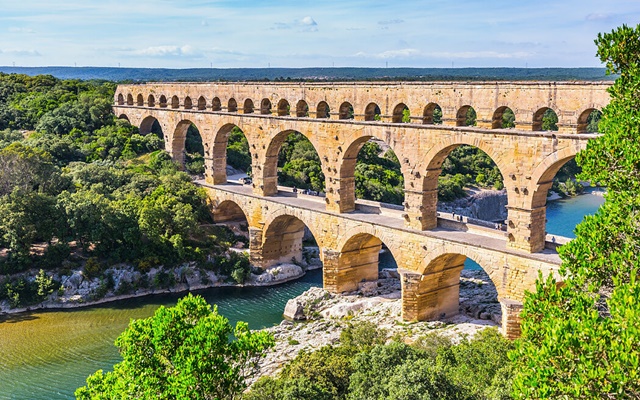
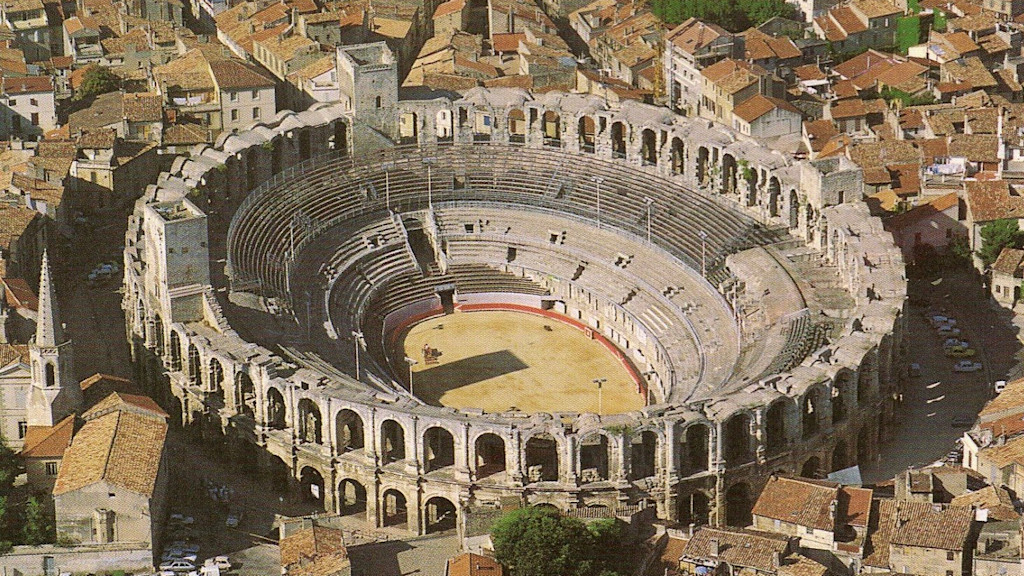
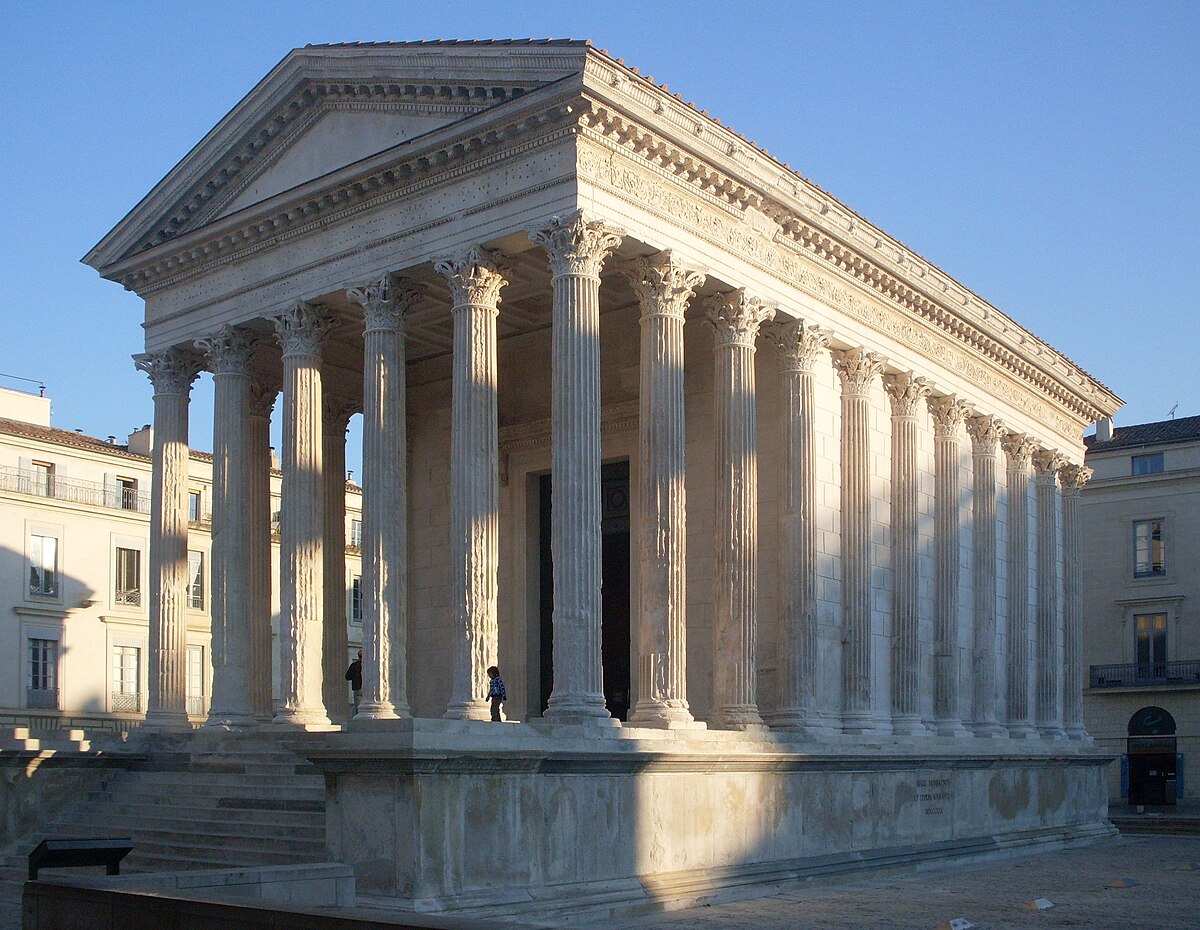

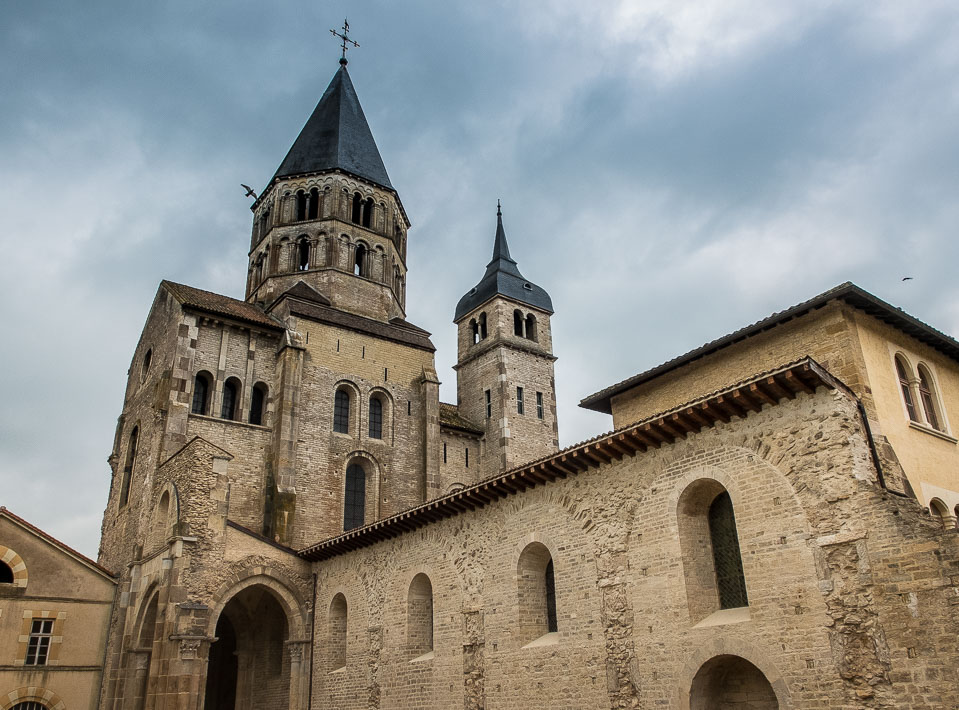



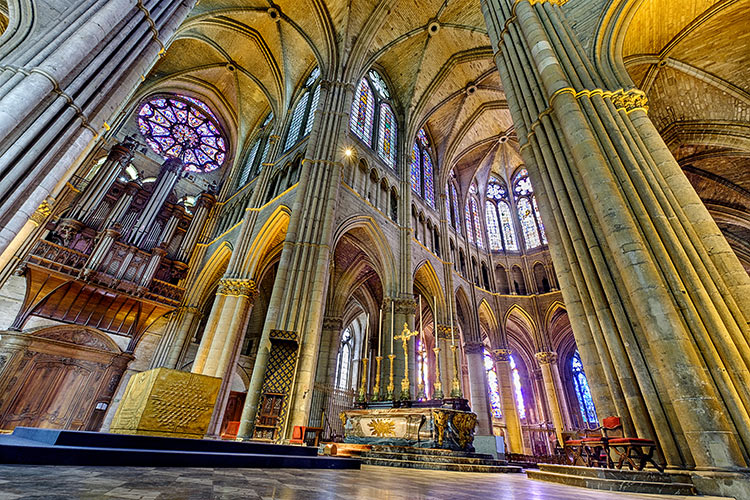




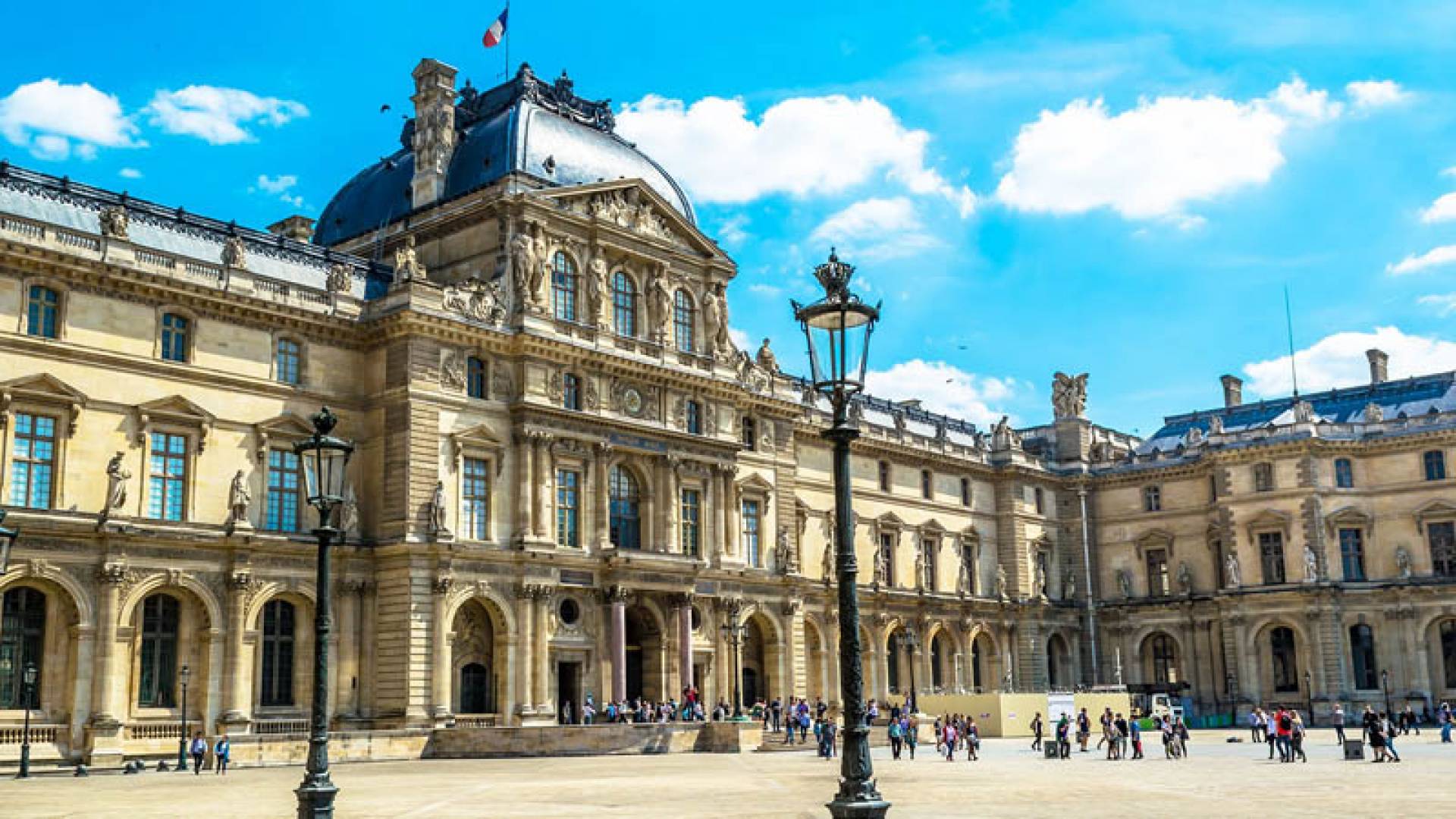

:focal(800x602:801x603)/https://tf-cmsv2-smithsonianmag-media.s3.amazonaws.com/filer_public/34/d2/34d2249b-0b19-43fd-a738-f67b406a986c/gettyimages-945315876.jpg)
![The Art Nouveau Villa Majorelle in Nancy, Lorraine, France [4616x2844] : r/Houseporn](https://i.redd.it/iu7vj8zs220z.jpg)


